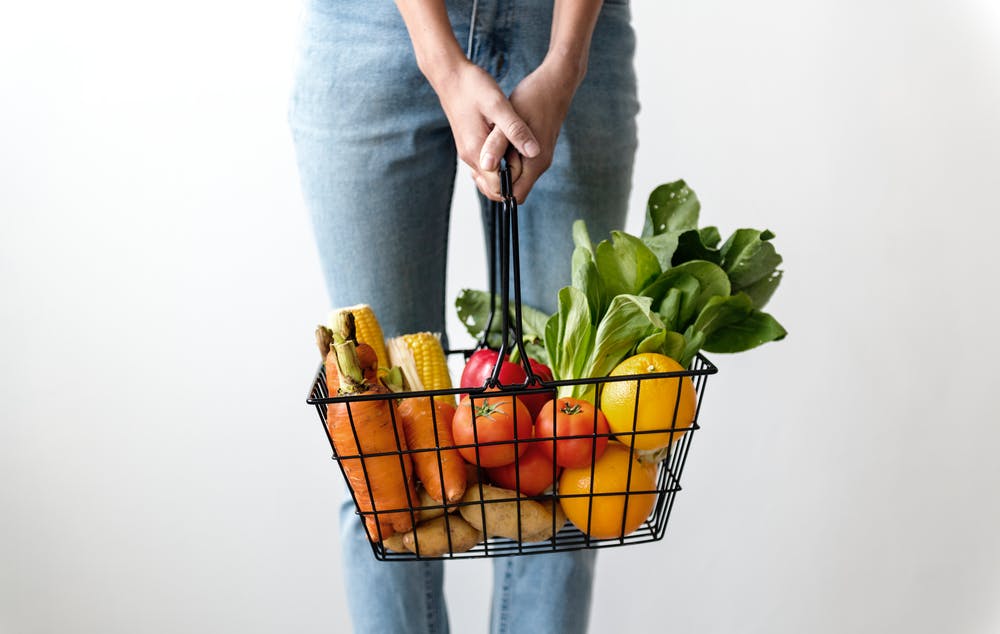Nearly 30 years ago, in 1989, when Thomas Parkinson first started accepting online orders for groceries through his company, Peapod, none had visibility that this market would be booming in 2019. He, along with his brother Andrew, was the founder of this company and fighting all the ordeals that still exist in this ever-competitive market.
Unlike other online businesses – electronics, apparel, etc. – the challenges of the online grocery store are still very deep-rooted. According to a Deutsche Bank Securities report, only 3% of people shop for groceries online, whereas approximately 22% of apparel sales and 30% of electronics sale happens online.
To be successful and to make money from the online grocery business, you must be capable of delivering items to hundreds of homes in your neighborhood. According to a study by Forbes, though grocery business is a USD 800 billion business, surprisingly, it is a low-margin business, and most grocery stores are hardly making any profit – this might be because of the perishable nature of the items or the attitude of buyers towards such goods.
In a country like the US, where the population is spread across rural, urban, and suburban areas, it is hard for a few physical shops to reach out to most of the buyers residing in a specific area.
But, if you are planning to invest in this business, then you should know that US customers are keen on spending more on purchasing groceries online. And, by the end of 2019, it is forecast to increase by 15%. According to a survey, online grocery delivery companies will have to increase their online sales by around 28%.
With approximately 3.5 billion people using the internet and 7.4 billion people having a smartphone, the online grocery business is booming. It’s still in the nascent phase, and with a robust delivery network, you can surely make the optimal utilization of the market.
Local food retailers with national, regional, and local reach are continuously investing in the online grocery business and are vigorously rolling out their services. In 2018, approximately 81 out of 100 households had access, and it is projected that at least 90 out of 100 homes will have access this year.
Online business is a perfect amalgamation of technology, quality, and service. And if you are in the online grocery business, you need to excel in each of these. You need to provide your customers good user experience and the option to order products conveniently, you need to provide them with fresh fruits and vegetables, and you cannot delay your deliveries or miss timelines. Businesses like mercato.com understand this pulse of the industry, and they aim to connect the buyers with the best food providers in the locality, and thus ensure that the customers get the farm-fresh goods delivered at their doorstep on time.
Customers order goods online because they find it to be convenient and time-saving. So, to succeed in this business, it is imperative to have a robust network of suppliers and delivery-vendors. According to Brick Meets, Amazon’s success story doesn’t lie in the number of unique items they provide to the customers, but it lies in the fact that customers can order their favorite item delivered to their doorstep within a short period.
Their reliable delivery and pickup service helps them to improve the shoppers’ experience dramatically.
And, once you can satisfy a customer in the first go, you can rest assured you’ll win their faith and confidence for the long term. While customers are very demanding, they also value a business that respects their time and decision. Because of this, they are becoming inclined to purchase their groceries online.
Moreover, they also run short of time, so when companies guarantee to deliver fresh products to them at their desired location and time, it makes life more convenient for them.
If you want to be a part of this USD 26 billion market, and want to reap the maximum profiting this growing market, you have to have a vibrant marketing strategy. Irrespective of the grocers’ distinct strategies, they will all have to invest in the online grocery offerings if they want to sustain in the market.
This is a Contributor Post. Opinions expressed here are opinions of the Contributor. Influencive does not endorse or review brands mentioned; does not and cannot investigate relationships with brands, products, and people mentioned and is up to the Contributor to disclose. Contributors, amongst other accounts and articles may be professional fee-based.

